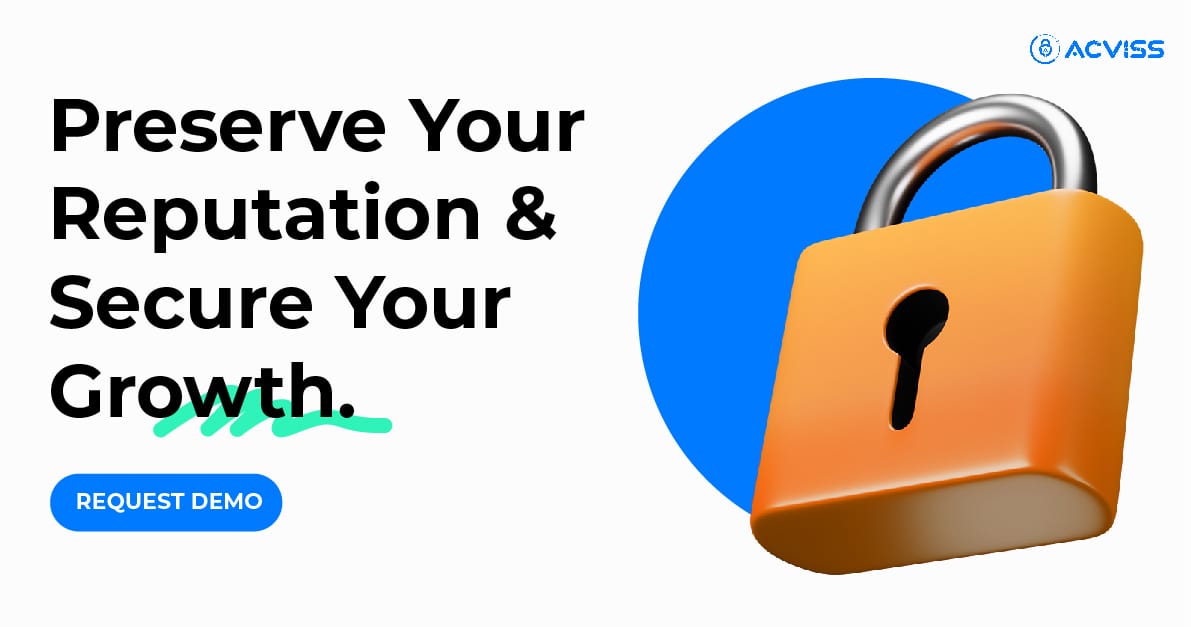Using Geo-Fencing to Monitor Paint Distribution and Spot Misuse

The paint industry is one of the most dynamic yet vulnerable sectors when it comes to managing distribution and protecting brand integrity. From counterfeit products sneaking into the supply chain to authorised dealers diverting stock outside approved territories, misuse and malpractice erode trust and profitability. For companies that rely heavily on well-structured distribution networks, the question is no longer just about making paint accessible, but about ensuring that every tin reaches its rightful destination and stays within the boundaries of compliance.
This is where geo-fencing, combined with product traceability and authentication solutions, is beginning to reshape how brands protect themselves. By creating virtual boundaries around specific territories, geo-fencing technologies enable companies to track product movement, enforce distribution policies, and spot suspicious behaviour in real time. For paint brands that operate across fragmented networks of dealers, retailers, and contractors, this capability can be transformative.
Why Distribution Control Matters in the Paint Industry
Paint is an unusual product in the world of supply chain management. Unlike highly regulated sectors such as pharmaceuticals, paints are often distributed through semi-formal networks, local stockists, and large dealer bases. While this ensures reach, it also makes the industry particularly susceptible to misuse.
Common challenges include:
Grey market activities: Products being sold outside authorised regions, often at lower prices.
Counterfeiting risks: Lookalike products are infiltrating the market, damaging both sales and reputation.
Warranty misuse: Contractors and dealers misrepresent product usage or claim false replacements.
Territorial conflicts: Distributors undercutting one another by entering restricted zones.
These issues not only eat into margins but also weaken consumer confidence. Without robust brand protection solutions, a company’s investment in quality and innovation risks being overshadowed by malpractice.
How Geo-Fencing Works in Supply Chain Management

Geo-fencing is essentially the creation of invisible, digital boundaries using GPS or RFID-enabled technologies. When applied to paint distribution, it allows brands to monitor where products move and whether they stay within the intended region.
For example:
A shipment of premium paint can be tagged and assigned to a dealer in Bengaluru. If the product surfaces in Chennai, the system immediately flags the movement as a potential violation.
If a contractor attempts to redeem loyalty rewards or warranty claims outside their assigned zone, geo-fencing can block the transaction.
Large-scale projects, such as government tenders or real estate developments, can be closely monitored to ensure that only approved suppliers deliver the paint.
This approach sits at the intersection of track and trace technologies and brand authentication systems. By blending geo-location data with product-level verification, brands can ensure not only that their paints are genuine but also that they are being used in the right place.
Product Traceability and the Role of Authentication
Geo-fencing alone cannot solve the problem of misuse unless paired with strong product traceability and authentication measures. This is where non-cloneable labels and digital verification tools become critical.
Non-cloneable labels, such as those developed under advanced product authentication programmes, make every unit of paint uniquely identifiable. By embedding secure codes that cannot be replicated, brands empower customers, dealers, and even field auditors to conduct instant product verification. Each scan not only confirms authenticity but also generates valuable distribution data.
Solutions like Certify provide a way for consumers and distributors to verify that a paint tin is authentic, while simultaneously giving the brand insights into where and when products are being checked. When combined with geo-fencing, this verification becomes even more powerful, as brands can map product scans to specific territories and spot inconsistencies.
Integrating Geo-Fencing with a Track and Trace System

A robust track and trace framework extends beyond individual scans and geolocation boundaries. It provides end-to-end product traceability from the factory floor to the final point of use. For paint manufacturers, this means:
Knowing which batch went to which distributor.
Tracking movement across multiple layers of the supply chain.
Detecting diversion to grey markets before it escalates.
Identifying counterfeit products at the early stages of distribution.
An integrated solution such as Origin by Acviss allows brands to monitor product journeys with granular detail. By combining blockchain-powered traceability with geo-fencing, companies can establish tamper-proof records of distribution. This level of visibility is not only a brand protection measure but also supports regulatory compliance and strengthens IP protection strategies.
Beyond Counterfeit Detection: Spotting Misuse and Driving Accountability
While counterfeit paint remains a serious concern, misuse within the authorised network often proves equally damaging. Geo-fencing adds a new layer of accountability:
Dealer monitoring: Brands can identify if authorised dealers are selling outside their allocated areas.
Contractor compliance: Contractors claiming discounts or project-based offers can be verified against their actual location.
Campaign tracking: Marketing promotions tied to specific regions can be monitored to ensure participation stays within the defined geography.
This accountability reinforces trademark protection and IP protection efforts by ensuring that authorised channels remain compliant and brand reputation remains untarnished.
The Wider Scope: Data, Insights, and Market Strategy
The benefits of combining geo-fencing with product authentication extend beyond preventing misuse. The data generated from such systems offers brands deep insights into consumer behaviour and distribution efficiency.
For example:
Identifying high-demand regions for premium products versus budget ranges.
Mapping dealer engagement levels through product verification frequency.
Understanding customer interaction patterns that can inform loyalty programmes and product launches.
This transformation of supply chain management from a logistical function to a data-driven strategic tool strengthens long-term competitiveness.
A Step Towards Smarter Brand Protection

Paint companies investing in geo-fencing and traceability technologies are not simply protecting themselves from misuse; they are building a smarter, more resilient supply chain. The combination of non-cloneable labels, real-time product verification, and territorial monitoring empowers them to address both counterfeiting and internal misuse with equal rigour.
In an industry where customer trust is everything, such measures are not optional. They represent the foundation of sustainable growth, ensuring that paints reach the right markets, in the right condition, and under the right brand promise.
Conclusion
Geo-fencing offers a practical and powerful way to monitor paint distribution, but its full potential is unlocked only when combined with robust track and trace systems and product authentication tools. By embracing technologies such as non-cloneable labels and blockchain-backed traceability, paint brands can safeguard their distribution networks, protect their trademarks, and maintain brand authenticity in an increasingly competitive market.
Interested to learn more about how geo-fencing and traceability solutions can strengthen your brand protection strategy? Get in touch with us today.
